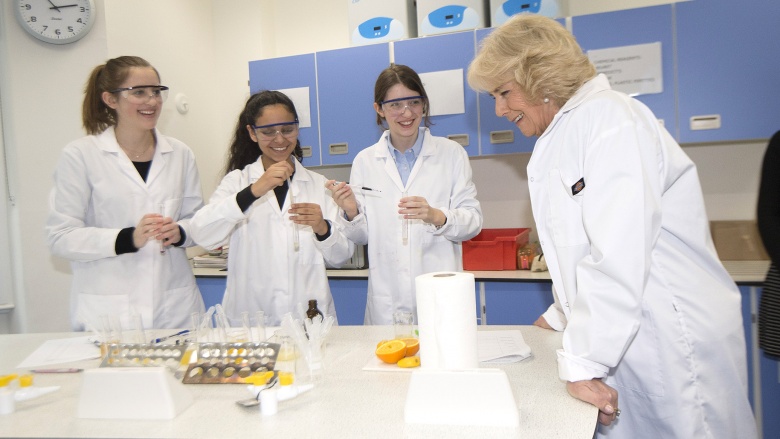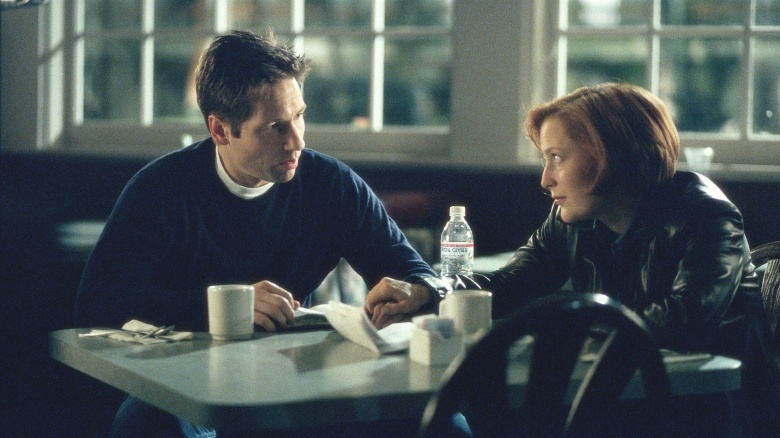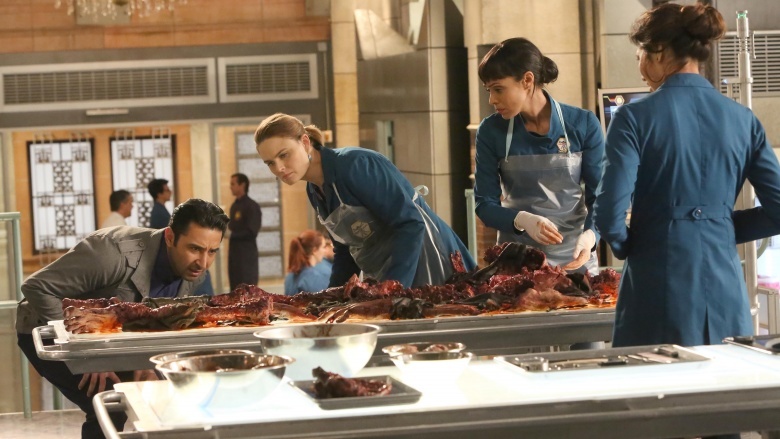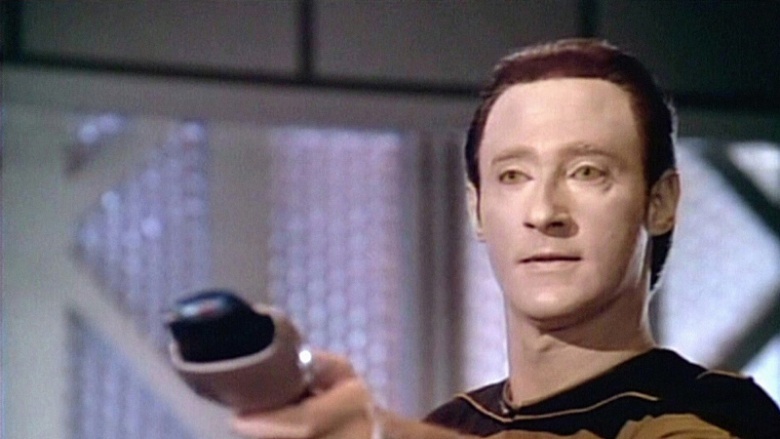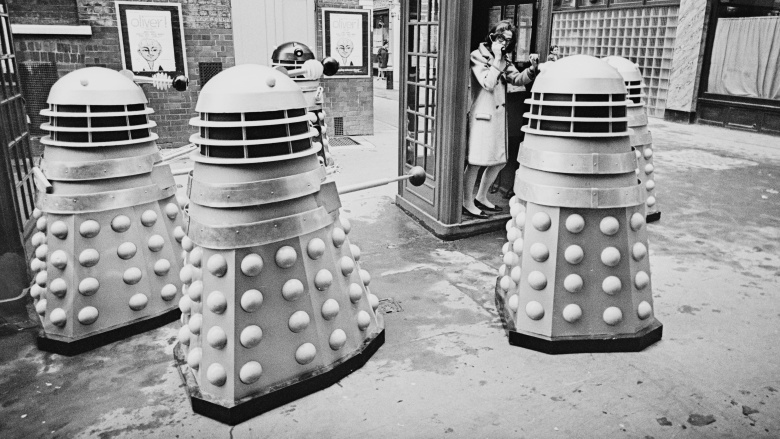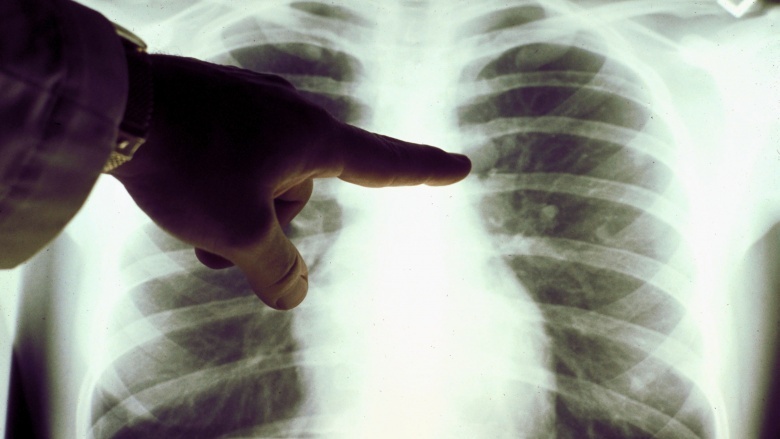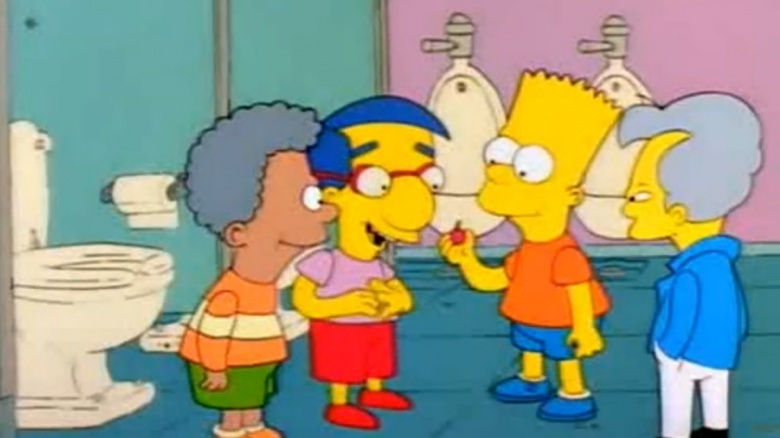When Science Ruins Your Favorite TV Show
It's great when producers spend the time and money to make sure their shows are scientifically accurate. But that also makes it all the worse when the inaccuracies appear. Here are some of our biggest disappointments when it comes to TV's scientific blunders.
X-Files
The X-Files' science is usually pretty tight, as it should be since the showrunners hire several scientists as advisors on the show. However, during it's decade-long original run, the show suffered a little snafu in the authenticity department. In first season episode "The Erlenmeyer Flask," Scully uses a DNA detection method called Southern Blot to find out whether or not she caught the alien sniffles. The process takes about three hours in the episode. However, in real life, the procedure takes about 72 hours, according to University of Maryland professor Anne Simon. The disappointment is out there.
Bones
Seeing as how Bones is based, albeit loosely, on a real-life scientist, you'd think the producers would spare no expense making sure the show is 100 percent accurate. But they don't. In fact, there's a pretty glaring error. One of the many tools in Bones' and Booth's kit is carbon dating. It's pretty much their go-to method for solving cases. However, according to Forensic Outreach, carbon dating isn't used as frequently in solving recent criminal cases as the show would have viewers believe. It's reserved more for dating things thousands of years old. Talk about jumping the gun.
Star Trek
Yes, even Star Trek, the granddaddy of all sci-fi shows, has its scientific inaccuracies. Though it is fiction and requires some suspension of disbelief, some things can't be overlooked, like the phasers. When Kirk and crew set their phasers to kill, the unfortunate scoundrel hit by the beams glows a bit and vanishes. But according to Slate, the high-energy beam of the hand-held death rays would actually cause their targets to explode. In addition, anyone standing too close to the blast would receive beastly burns. The reason for the discrepancy could be due to budgetary constraints, but still.
Doctor Who
Another show that requires some suspension of disbelief, Doctor Who has its share of blunders, beyond the TARDIS being bigger on the inside. The largest fallacy lies in the Doctor's greatest enemies, the Daleks. As told in 1975 episode "Genesis of the Daleks," the Daleks are the "final evolutionary form" of another race, the Kaleds. (Notice the effort taken into coming up with those names?) The problem with this, according to io9, is that evolution isn't a predetermined path and really doesn't have conclusion. It just keeps going and going and going. Maybe the producers should regenerate the Daleks' origin.
Breaking Bad
Breaking Bad quickly became a paragon for accuracy all the way around, but not even all of their science is air tight. Early on in the series when Walt and Jesse are still cooking in the RV in the desert, they wind up with a dead battery. Putting MacGyver to shame, Walt creates a makeshift battery to jump start the camper. Unfortunately, according to the BBC, with the materials he uses, Walt's battery would only produce a fraction of the power needed to start up an engine. But since Breaking Bad is such a great show, this error can be forgiven.
Smallville
As young Clark Kent matures into Superman in Smallville, viewers witness him developing and mastering his various powers. One power given specific focus is his x-ray vision. Plenty of comic book fans, usually the boys, have lain in bed at night fantasizing about having such a power. Unfortunately, true x-ray vision wouldn't work the way Superman's does. X-rays coming from a person's eyes would need to bounce back for the "vision" part to work—and x-rays don't bounce back. They continue through whatever they encounter, except for lead of course. Also, even if they did return to a person's eyes, what the viewer would see is an image similar to an actual x-ray, like from the doctor's or dentist's office. And there's nothing super about that at all.
The Simpsons
A classic Simpsons episode involves Bart dropping a cherry bomb down a school toilet, effectively turning all other toilets in the school into porcelain geysers. Sadly this wouldn't be possible. That idea got debunked in a special 2015 episode of Mythbusters dedicated to the long-running animated sitcom. When the Mythbusters attempted to replicate the prank, they did manage to destroy the toilets they used, but their experiment failed to produce the water spouts depicted in the show. D'oh.
